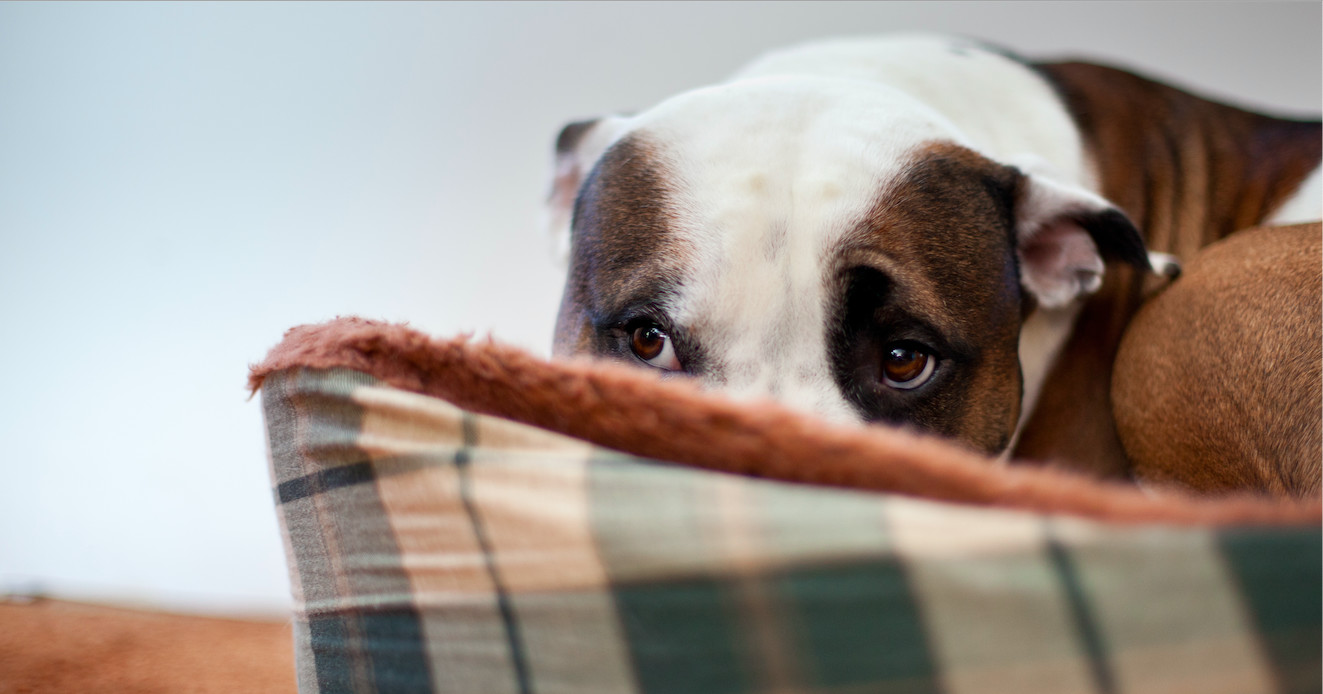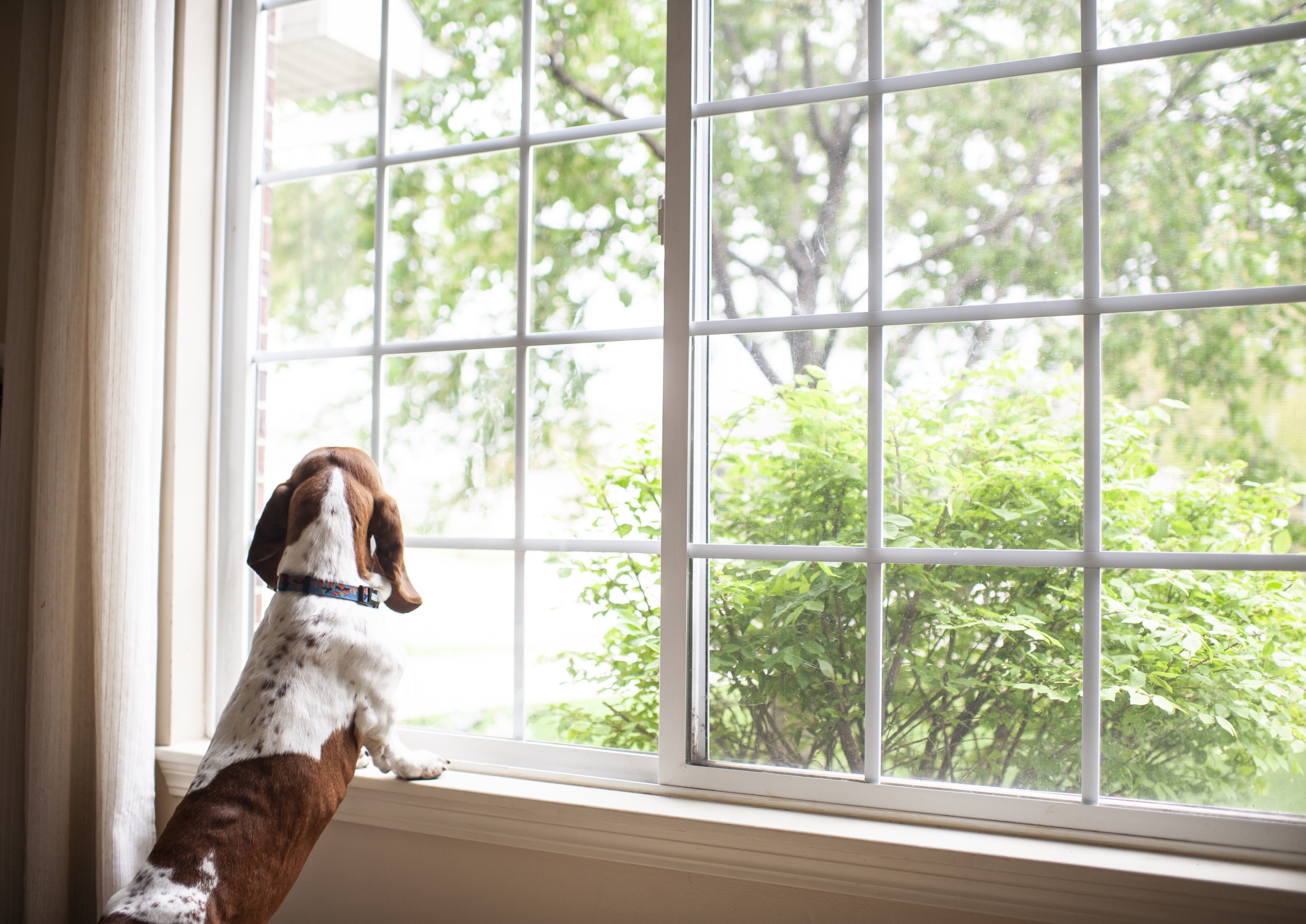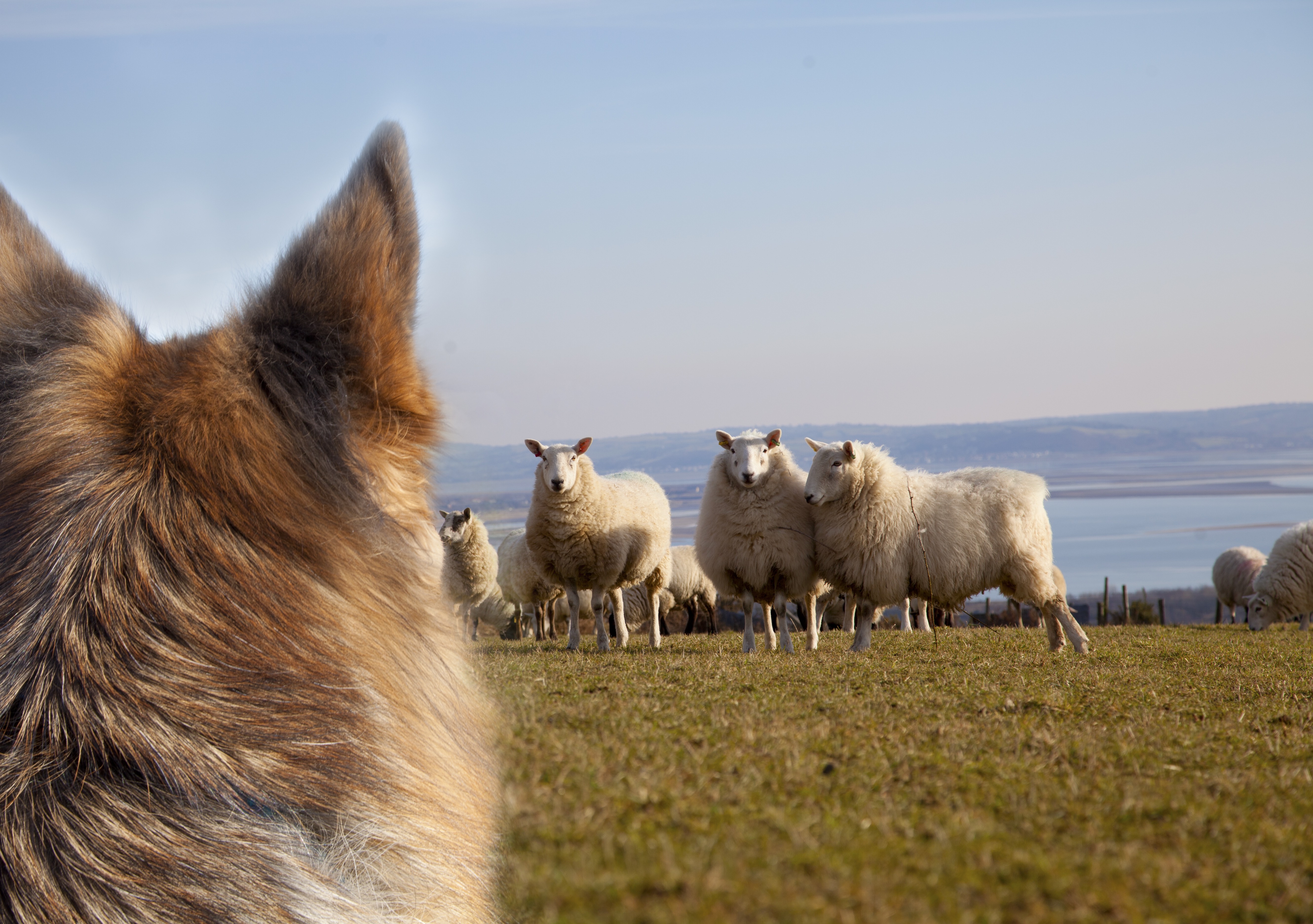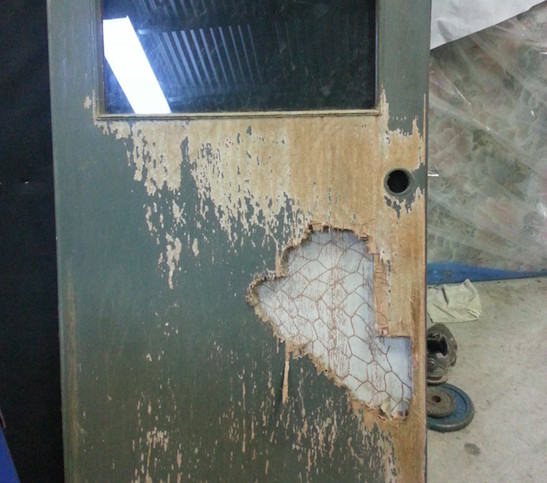
Sciences & Technology
What are we doing to our dogs?

Separation anxiety in pets can affect the quality of their life and the people who live with them. But there are ways to reduce the risk of your dog acquiring the condition
Published 24 January 2020
People living with a dog suffering from separation anxiety never quite know what they will find when they return home and find it difficult to convey the apprehension they feel. Will their window be broken and the dog has escaped, or will it be exhausted from constant pacing or barking?
Separation anxiety is a recognised psychiatric condition in people. The first description of separation anxiety in dogs appeared in a 1968 text on abnormal behaviour in animals. Now it is a term many dog owners are very familiar with.

Separation anxiety is thought to affect one in every four to six dogs, and is even more common in older dogs. But these are just the dogs whose owners recognise that they have a problem being left alone. There are many dogs who suffer in silence – their distress isn’t apparent.
And the incidence of separation anxiety in dogs may be increasing.

Sciences & Technology
What are we doing to our dogs?
One of the reasons separation anxiety may be on the rise is likely to be simply that we are more aware of it as a disorder. But it is also likely the changing roles of dogs in our lives and the nature of our own changing family/work arrangements.
The vast majority of dogs are no longer working dogs who spend the working day with us. Instead, we now select dogs primarily to be companions or family members.
However, in contemporary society all family members are often working or studying away from home for long hours at a time, leaving their dogs alone and confined in their house or yard.
True separation anxiety involves real, ongoing distress. A dog that barks for a minute when you leave and then settles down to sleep doesn’t have separation anxiety. A dog who destroys furniture whether people are present or not doesn’t have separation anxiety.

Dogs suffering separation anxiety most commonly bark, whine, scratch doors, have accidents indoors, or try to escape.
Sometimes the signs are more subtle – hyper-vigilant dogs who don’t fully relax when alone, may constantly pace about, or other dogs may refuse to eat or drink until you get home.

Sciences & Technology
Raw chicken linked to paralysis in dogs
Some dogs rely heavily on the presence of a particular person or animal. Others just need company of any description.
Often the signs of distress become obvious when there is a change in the household or in routines. One common scenario is the family who acquires a puppy for Christmas.
For two months they are constantly together – the puppy gets carried everywhere and is regularly played with. But when school and work goes back to normal, suddenly the puppy is left alone for hours.
Other triggers can be the loss of a family member, or a scary event like a bad thunderstorm that happened while the dog was alone.
Whenever possible, make any household changes as gradual as possible.

As with all behavioural disorders, there are interactions between genetic makeup, the immediate environment, and the lifetime experiences of the dog. More recently, we are also considering the impact that the gut bacteria (biome) may have. Some dog family lines are also reported to be at increased risk.
My own PhD research project aimed to identify a genetic basis of separation anxiety. I recruited 650 Labradors and golden retrievers. These breeds were chosen simply because they are popular breeds – separation anxiety occurs in dogs of every breed.

Health & Medicine
Retraining the underdogs
Owners filled out behaviour questionnaires and I obtained 200 salivary DNA samples. I also confirmed owners were generally aware of what their dogs do when left alone by comparing their questionnaire responses to video footage taken while the dogs were alone.
I did find regions on two chromosomes that appeared to either increase or decrease the risk in Labradors but not golden retrievers. More work is needed to confirm these findings in Labradors and in dogs of other breeds.
Huge strides are being made in genetic research, however when it comes to identifying the genes involved in psychiatric disorders we are lagging behind.
Usually it is the combination of multiple genes working together that appear to contribute to psychiatric disorders, rather than changes in just one or two genes.
One exception is the finding that linked the Cadherin gene to compulsive flank sucking in Dobermans.

At this point, researchers have identified 131 variations in sites on the canine genome that have been associated with behavioural disorders, resilience, or temperament.
If you suspect your dog may not be coping well when left alone, the best thing you can do is video record them – make use of your digital gadgets, set up a camera and see what your dog gets up to.

Sciences & Technology
Mapping Australia’s snakebites for pets
If you notice any signs of distress, seek help. Separation anxiety can be managed and treated, but it requires commitment and time. Start with your local vet. There are veterinary behaviour specialists and veterinarians with additional qualifications in behaviour.
There are ways to reduce the risk of your dog acquiring separation anxiety. When you do acquire a new puppy, start exposing them to very short times of being alone – initially, just a couple of minutes then slowly increasing the time they are alone.
Also, don’t make a big fuss when you leave or arrive. When you do leave them, ensure they are left with a favourite toy or food-dispensing toys.
Exercise is also important. It has been found that exercise can reduce anxiety and depression in people and the same is true for dogs.

Studies have found the dogs who exercised more were less likely to have anxiety disorders, including separation anxiety. If possible, take your dog for a walk in the morning, come home, and let them settle down for half an hour or so before you leave.
A question I commonly get asked is “would getting another dog help?”. If your dog requires any company to feel secure, the presence of another dog may help.
However, it is never a good idea to make the commitment to another dog, just as a treatment. You might end up with another set of problems. Also, if your dog requires the presence of a particular person or animal, it doesn’t matter how many dogs you have in your house.
Separation anxiety in dogs, and cats also, can seriously affect the quality of life of the pet and the people who live with them. Hopefully as we continue to learn more about the disorder we can either reduce the risk or provide more specific treatments.
Banner: Getty Images